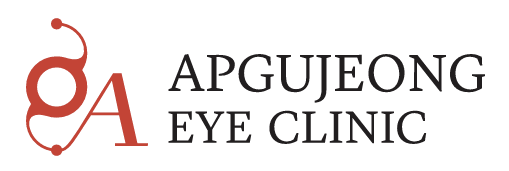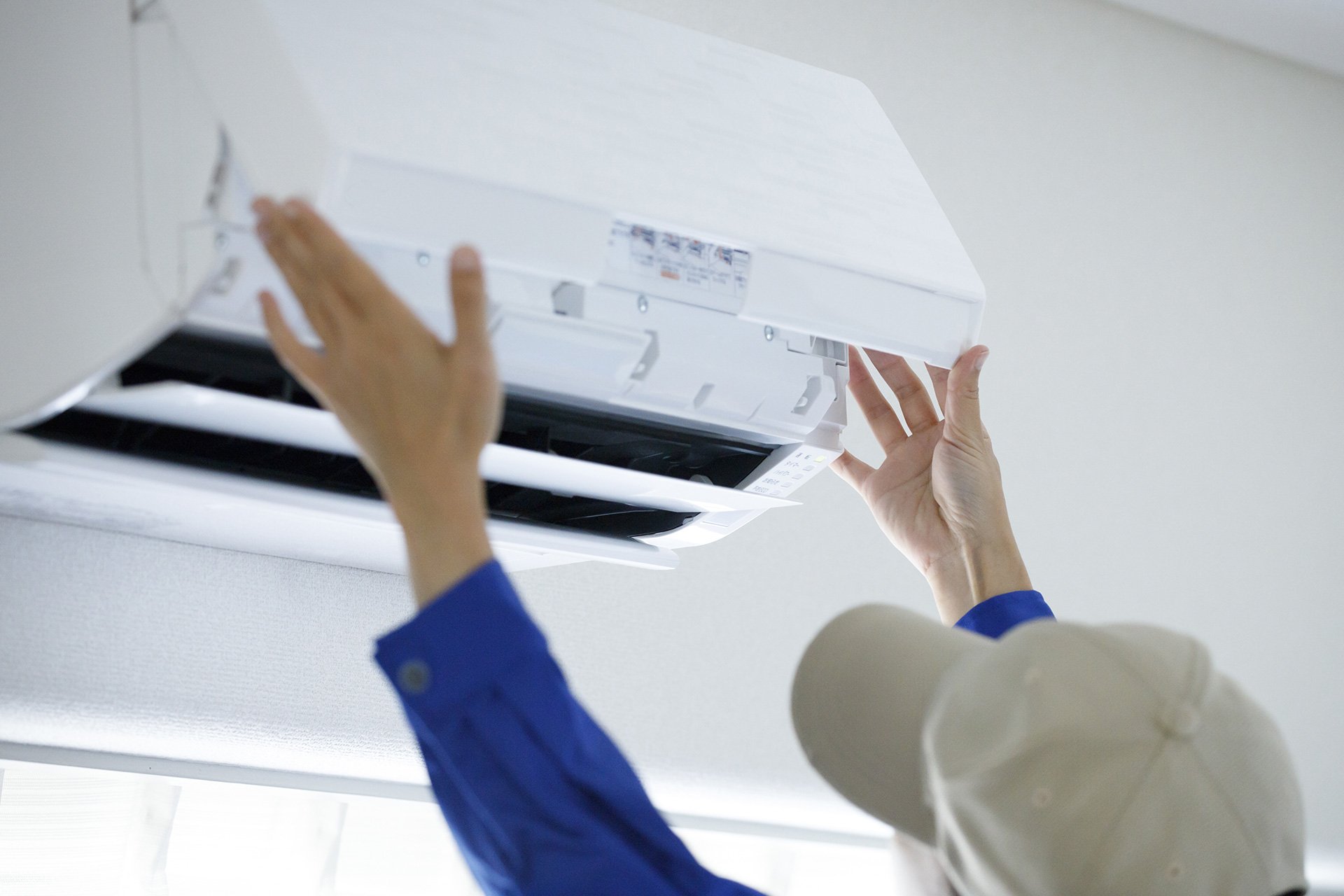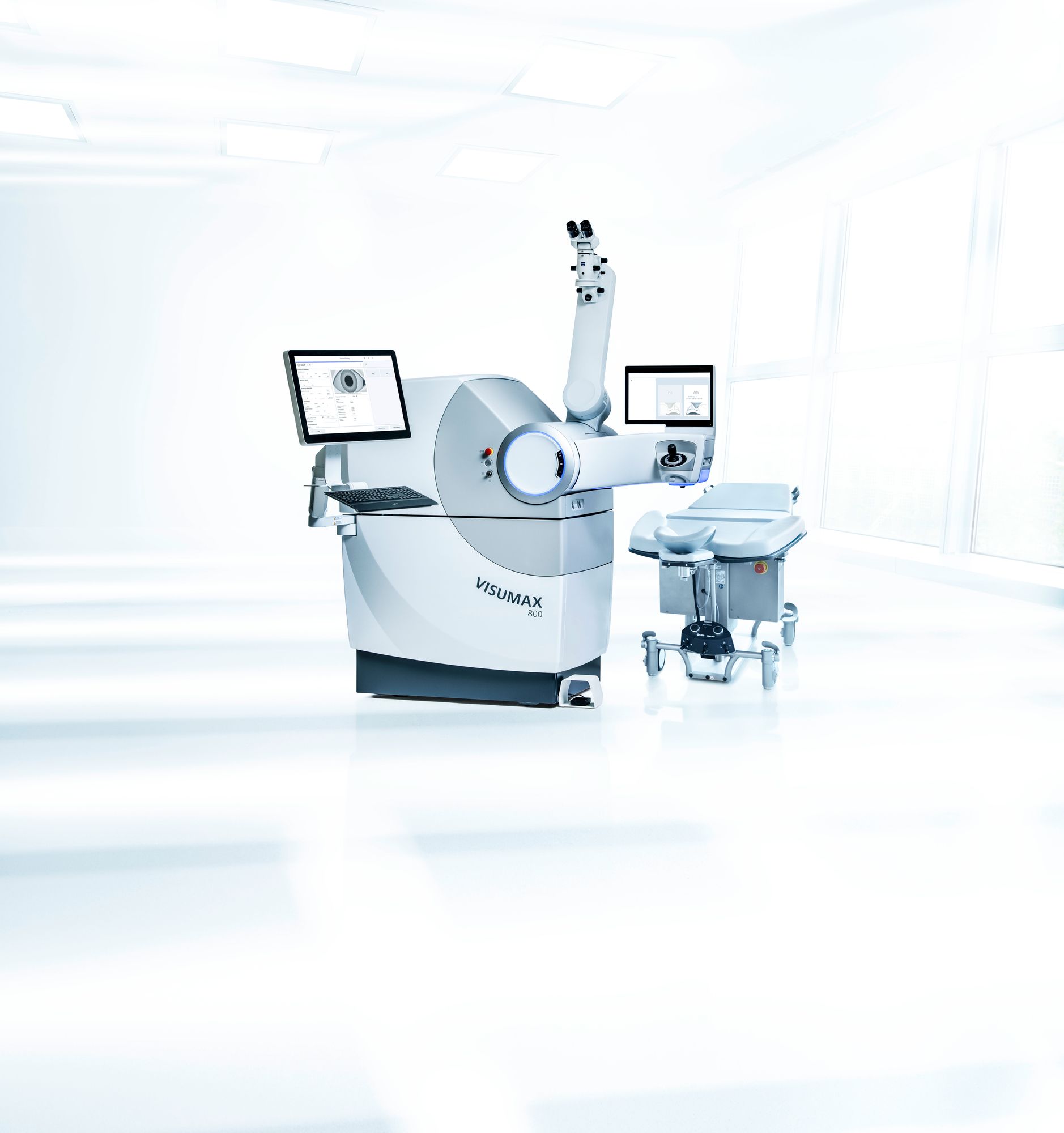LASEK for Thin Corneas in Korea | Safe Laser Vision Correction Option
LASEK for Thin Corneas: Why It’s Still Popular in Korea
When your corneas are too thin for LASIK, many eye surgeons in Korea still turn to LASEK as a reliable, flap-free alternative. While newer procedures like SMILE get much attention, LASEK retains strong relevance—especially in borderline cases. Here’s how LASEK works, when it’s used, and why Korean clinics still perform it.
What Is LASEK (Laser Epithelial Keratomileusis)?
LASEK is a variation of surface ablation procedures (like PRK), but with a twist:
- A diluted alcohol solution loosens the epithelial layer (the very outermost cornea tissue).
- That epithelial layer is lifted (not fully removed) and gently moved aside.
- An excimer laser reshapes the underlying stromal tissue to correct vision.
- The epithelial flap is then repositioned, allowing faster healing than full removal.
Unlike LASIK, there’s no thick flap cut deep into the cornea. chicagocornea.com+2위키백과+2
Why Thin Corneas Are a Challenge in LASIK
One of the biggest constraints for LASIK is having enough residual corneal thickness after creating the flap and performing ablation. If the cornea is too thin or borderline, cutting a flap may weaken the structural integrity or increase the risk of complications like ectasia. ccrsclearvision.com+1
By avoiding a full flap and preserving more corneal tissue, LASEK is often safer in these borderline cases. beacheye.com+2ncophth.com+2
H2 Headings You Should Include in the Blog
Here are H2s you can drop into your article structure:
- What Makes Thin Corneas a Surgical Risk?
- How LASEK Works vs. LASIK & PRK
- Who’s a Good Candidate for LASEK in Korea
- Benefits of Choosing LASEK for Thin Corneas
- Procedure Day: What to Expect
- Recovery Timeline & Aftercare
- Risks, Limitations & How Clinics Mitigate Them
- LASEK vs. Other Surface Procedures (PRK, TransPRK)
- Why Korean Clinics Still Offer LASEK
- Cost, Packages & What to Ask Your Surgeon
- How to Prepare Before a LASEK Consultation
- FAQs: Thin Corneas & LASEK
- Final Thoughts & Next Steps
Who Qualifies for LASEK in Korea (Especially with Thin Corneas)
- Corneal thickness too thin for safe LASIK flap creation
- Regular corneal topography (no signs of keratoconus)
- Stable prescription for ~1–2 years
- Mild-to-moderate refractive error (depending on how much tissue can be safely ablated)
- Managed or low risk of dry eye—surface procedures can stress the epithelium more
- Willingness to accept somewhat longer visual recovery than LASIK
Benefits of LASEK for Patients with Thin Corneas
- ✅ More residual tissue preserved (no deep flap) — safer structural integrity beacheye.com+2parkavenuelasek.com+2
- ✅ No flap-related complications (e.g. flap dislocation) chicagocornea.com+1
- ✅ Lower risk of postoperative dry eye—epithelial nerves recover faster vs. deeper flap cuts ncophth.com+2Verywell Health+2
- ✅ Better long-term corneal stability in risky cases
- ✅ More flexible enhancement options using surface ablation
Procedure Day: What Happens During LASEK
- Anesthesia via numbing eye drops
- Alcohol loosening of epithelium (≈30 seconds)
- Gentle lifting of epithelial layer
- Laser ablation of stromal tissue
- Repositioning of epithelial flap and application of a bandage contact lens until healing begins chicagocornea.com+1
Recovery Timeline & Aftercare
- Days 1–3: Mild discomfort, light sensitivity, foreign body sensation
- Days 3–5: The epithelial cells heal; the bandage contact lens is usually removed
- Week 1: Vision starts improving though may fluctuate
- 1–3 months: Stability continues, clarity improves
- Use of lubricating drops, antibiotics, and follow-up visits is essential
Expect slower early recovery vs. LASIK, but many patients achieve excellent long-term results. chicagocornea.com+3NVISION+3Verywell Health+3
Risks, Limitations & Mitigation
- Some pain or discomfort early on (surface operations tend to be more uncomfortable) chicagocornea.com+1
- Risk of haze or scarring, especially in higher corrections
- Vision may fluctuate initially
- Not always ideal for very high prescriptions
- Clinic protocols may include mitomycin-C or enhanced post-op regimens to reduce haze
LASEK vs. Other Surface Procedures (PRK, TransPRK)
- LASEK vs. PRK: LASEK retains and repositions epithelial flap rather than totally removing it—this can reduce pain and speed initial healing. PubMed+1
- LASEK vs. TransPRK / no-touch PRK: newer variations remove epithelium in one step without lifting a flap; some clinics favor them for comfort and speed.
- The best choice depends on your eye map, corneal thickness, and surgeon’s expertise.
Why Korean Clinics Still Offer LASEK
- Some eyes are too borderline for LASIK or SMILE, especially in thin cornea cases
- Surgeons want to preserve more options for enhancement or future interventions
- Clinics maintain multiple modalities to cover varied patient profiles
- Cultural and institutional experience: Korean eye surgery centers often have longstanding experience with surface procedures
Cost, Packages & What to Ask Your Surgeon
- In Korea, LASEK may be offered as part of a refractive surgery package covering consultation, pre-tests, procedure, drops, and follow-ups
- Ask: “Is haze prophylaxis included?” “What’s your enhancement policy?” “What post-op drop schedule do you use?”
- Also confirm foreign-patient support, language, and payment methods
How to Prepare Before Your LASEK Consultation
- Stop contact lens use per your clinic’s protocol
- Bring prior prescriptions and any ocular health records
- Avoid eye makeup or lotions around eyes on test day
- Prepare questions about your corneal thickness maps, epithelial health, and alternative options
FAQs: Thin Corneas & LASEK
- Is LASEK painful? Some discomfort, especially first 2–3 days, but manageable with meds
- How long until vision is good? Functional vision often in a few days; full clarity may take weeks to months
- Can I still choose SMILE or LASIK later? Possibly, if thickness and maps permit and enhancements are planned carefully
- What if haze occurs? Clinics use medications (e.g. steroids) or surface smoothing techniques
Final Thoughts & Next Steps
For patients with thin corneas, LASEK remains a trusted and effective option in Korea’s advanced ophthalmic landscape. It balances safety (by preserving tissue) with solid visual outcomes, especially when performed by experienced surgeons.
If you have thinner corneas or borderline stats for LASIK/SMILE, request a full corneal mapping and a LASEK evaluation. I can help you craft a tailored consultation checklist or compare Korean clinics if you like—just say the word.



